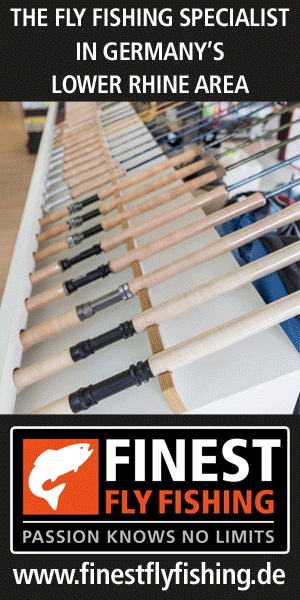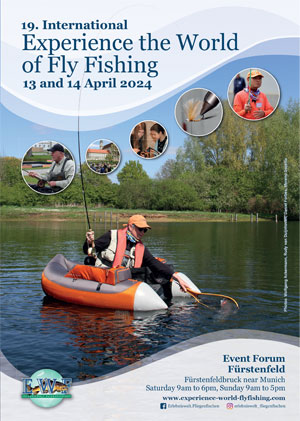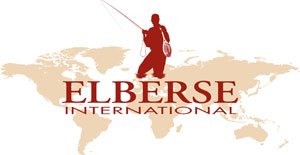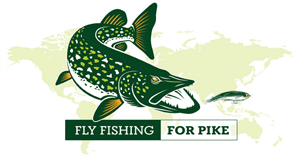The National Biodiversity Data Centre and the Centre for Environmental Data and Recording for Northern Ireland (CEDaR) are launching a new all-Ireland survey of Dragonflies and Damselflies.
The survey – ‘Dragonfly Ireland 2019 – 2024’ – enables and encourages volunteer citizen scientists to record sightings of Dragonflies and Damselflies, and to assess the state of the freshwater habitats they live in – helping to improve our knowledge of their distribution and to explore their use as bio-indictors of water quality and climate change.
Over the course of the next five years Dragonfly Ireland 2019 – 2024 is looking for people across Ireland to volunteer to survey their local freshwater habitats, and to submit records of any Dragonfly and Damselfly sightings they make.
Dragonfly Ireland 2019 – 2024 is funded by the Environmental Protection Agency.

Survey launched
Wednesday, May 8th, 2019 The National Biodiversity Data Centre has launched a new all-Ireland survey of Dragonflies and Damselflies as part of an Environmental Protection Agency funded citizen science project. The survey, called ‘Dragonfly Ireland 2019 – 2024’, is being conducted in collaboration with the Centre for Environmental Data and Recording in Northern Ireland, and will update our knowledge of dragonfly and damselfly distributions in Ireland.
The project is calling on members of the public to get involved by reporting their sightings of Dragonflies and Damselflies via the biodiversityireland.ie website or using the National Biodiversity Data Centre App. The project is also seeking volunteer citizen scientists to survey their local river, stream, lake or bog for Dragonflies and Damselflies, and to conduct a short assessment of habitat quality at their chosen survey site. As part of the project, a series of survey and identification workshops will be held across Ireland.
The data will be used to map the current distribution of these charismatic species across Ireland. With the last all-Ireland atlas having been published almost 20 years ago, the timing is perfect to launch this new study. The project will also prepare an updated Red List for Dragonflies and Damselflies in Ireland, as some of these species are now known to be in decline; due to a combination of habitat loss and other environmental impacts.
Dragonfly Ireland 2019 – 2024 will also explore the use of Dragonflies and Damselflies as indicator species for water and habitat quality, and monitoring the impacts of climate change.

Size and colours of Dragonflies and Damselflies
“Dragonflies and Damselflies are charismatic insects that are easily recognised by their large size and their dazzling body colours. Their presence at a site can also provide an indication as to the water quality at that location, as they spend much of their lives as aquatic nymphs living in freshwater.” said Dave Wall, Citizen Science Officer with the National Biodiversity Data Centre, based in Waterford.
The Centre’s Director, Dr Liam Lysaght, added: “we already know that dragonflies need warm temperatures to survive and some species are currently expanding their distribution northward in response to global warming. They are therefore a very good candidate for use as bio-indicators to monitor the impacts of climate change on our environment”.
Dr Damian McFerran, Centre for Environmental Data and Recording Manager stated: “the project is a perfect example of the relationship that now exists between Ireland’s two data centres”. He added: “CEDaR welcomes this development and looks forward to developing the Citizen Scientist Dragonfly Ireland recorder base”.
The project offers three levels of participation to volunteers. Initially, ‘Dragonfly Spotter’ encourages the submission of casual sightings of any Dragonfly or Damselfly species. The second level is ‘Dragonfly Recorder’ which asks volunteers to conduct timed surveys of a freshwater site, recording all Dragonfly and Damselfly species that are present, estimate their numbers and assess their habitat. Two surveys must be completed, one in May/June and the second between July and September. The third level of survey, ‘Dragonfly Monitor’ asks volunteers to conduct a minimum of four surveys at their local site, and to repeat surveys annually.
Participation
If you would like to participate in Dragonfly Ireland 2019 – 2024, further details, survey forms and other resources are available at http://www.biodiversityireland.ie/recordbiodiversity/dragonfly-ireland-2019-2024/. The National Biodiversity Data Centre App is available to download for iPhone or Android via their website www.biodiversityireland.ie
Sightings of Dragonflies and Damselflies in Northern Ireland can be submitted at: https://www2.habitas.org.uk/records/dragonflies.
Dragonfly Ireland is possible thanks to funding provided by the Environmental Protection Agency to promote citizen science and awareness of water quality in Irish freshwater and coastal aquatic habitats.
Source: www.fishinginireland.info.






